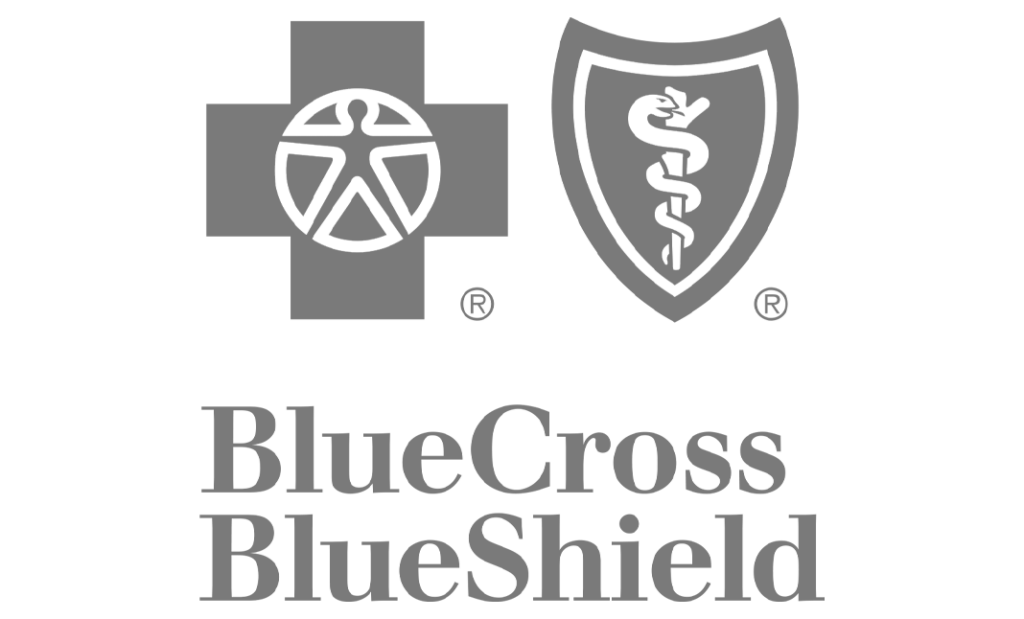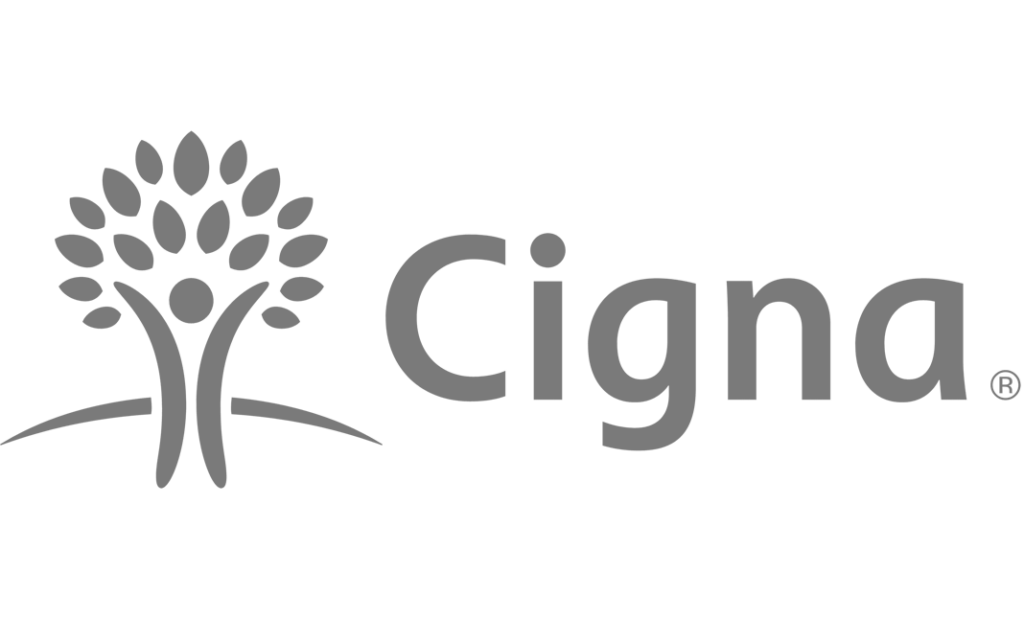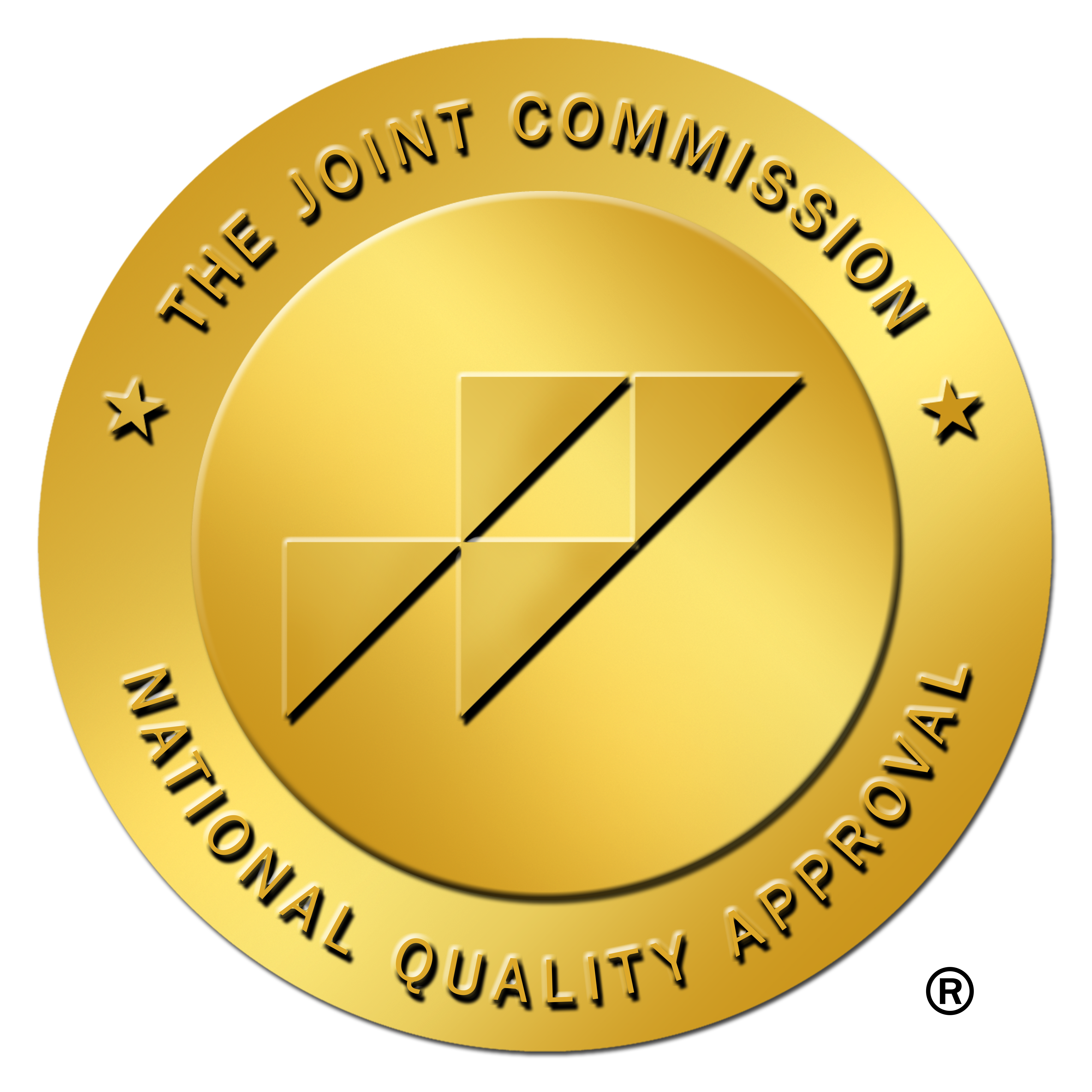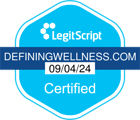Picture this: you’re in recovery from addiction to alcohol, and you’re feeling good about your progress. But then you run into challenges as you experience alcohol withdrawal symptoms. You may think, how long do alcohol withdrawal symptoms last? while you continue to struggle as the weeks and months go by. It turns out you have post-acute withdrawal syndrome (PAWS).
While it’s not something you likely anticipate along your detox and recovery journey, post-acute withdrawal syndrome can happen to anyone healing from alcoholism. PAWS symptoms are often difficult to navigate, but like others who’ve gone before you, you can learn to overcome them and keep your sobriety goals intact.
Understanding Alcohol Withdrawal Symptoms
Within the context of recovery from addiction to alcohol, what do alcohol withdrawal syndrome symptoms even look like? When do alcohol withdrawal symptoms start? These may be questions running through your mind as you face your recovery journey. The thought of alcohol withdrawal itself may sound scary and overwhelming, let alone post-acute withdrawal syndrome. However, alcohol withdrawal is an expected part of the detox and recovery process. It’s why detox facilities exist to help you safely navigate addiction withdrawal.
Alcohol withdrawal symptoms can vary based on how much alcohol you’ve consumed over time. But it’s not like the caffeine withdrawal you may get after quitting coffee. When you’ve been a heavy drinker for an extended period of time — especially as an alcoholic — your body and brain must go through physical adjustments when you stop drinking. After all, they’ve developed a chemical dependency on alcohol, so dealing with its absence can be a challenge. Consequently, the signs and symptoms of alcohol withdrawal may include:
- Tremors or shakes
- Rapid breathing and heart rate
- Nausea and vomiting
- Anxiety
- Irritability
- Insomnia
- Nightmares
- Hallucinations
- Seizures
- Delirium tremens
SOURCE: Harvard Health Publishing
But when do alcohol withdrawal symptoms start? Some symptoms, such as tremors, can begin as quickly as five to 10 hours after your last drink. Others may start within one to two days after you stop drinking.
How Long Does Alcohol Withdrawal Last?
An alcohol withdrawal symptoms timeline can vary from person to person. Many of the symptoms can peak within 24 to 48 hours after your last drink, tapering off slowly after that. Overall, symptoms will usually improve within five days, though a smaller number of patients may have symptoms that last for weeks, according to Harvard Health Publishing.
When quitting alcohol after a long-term alcohol addiction, many people choose to enroll in a medically-supervised detox center. As you can potentially expect more intense alcohol withdrawal syndrome symptoms in this situation, having the support of treatment professionals allows you to detox safely. Detox facilities not only help make alcohol withdrawal symptoms more manageable, but they can also intervene if your withdrawal puts you in physical danger (such as in the case of delirium tremens).
When Withdrawal Persists: Post-Acute Withdrawal Syndrome (PAWS)
Once you work through any acute alcohol withdrawal symptoms at a detox center, the next step in the recovery process is to continue on with alcohol addiction treatment. But in some cases, your alcohol withdrawal timeline can last longer than expected, even continuing well into your treatment and recovery journey. When this happens, you may be experiencing post-acute withdrawal syndrome (also known as protracted withdrawal syndrome or prolonged withdrawal syndrome).
Post-acute withdrawal syndrome occurs as your brain continues to adjust to the absence of alcohol after addiction. Instead of experiencing physical challenges in the acute stage of withdrawal, PAWS is more associated with mental or emotional alcohol withdrawal symptoms. Recovery from post-acute withdrawal syndrome can last between six and 24 months, according to the McWilliams School of Biomedical Informatics. This long, often frustrating duration of withdrawal can make staying sober a real challenge in recovery.
If post-acute withdrawal syndrome is not managed properly, you can easily relapse into old addictive patterns. But knowing what symptoms to look out for in advance can help you better prepare to deal with PAWS as it comes. Common symptoms of PAWS can include:
- Feeling on edge, irritated, or uneasy
- Sleep difficulties
- Not finding pleasure in activities you once enjoyed
- Feeling tired most of the time
- Urges and cravings for alcohol
- Difficulty concentrating
- Worsening memory
SOURCE: US Department of Veterans Affairs
Other symptoms of post-acute withdrawal syndrome can even include anxiety, depression, decreased sex drive, persistent nightmares, and unexplained chronic pain. Like traditional alcohol withdrawal syndrome symptoms, the duration of PAWS varies. Some symptoms of PAWS may not occur right after acute withdrawal symptoms subside; they may arise months later. And at times, symptoms can come and go without explanation. PAWS can also occur in recovery from other substance addictions beyond alcohol, including:
- Prescription opioids
- Meth
- Cocaine
- Benzodiazepine
- Marijuana
How to Manage PAWS During Your Recovery from Addiction
According to a study by Archives of Pharmacy Practice, post-acute withdrawal syndrome is one of the major causes of relapse among people recovering from alcohol addiction. That’s why it’s important to learn how to manage symptoms of PAWS well, especially during the first 12 months of recovery when your relapse risk is highest. After all, the longer your abstinence from alcohol lasts, the lower the risk of relapse becomes.
So if you’re dealing with post-acute withdrawal syndrome in outpatient rehab or recovery on a regular basis, what can you do to stay the course in your sobriety? Here are some key strategies you can follow to properly manage PAWS during your recovery journey:
Get Medication-Assisted Treatment
Many holistic addiction treatment centers will offer medication-assisted treatment to help reduce symptoms of post-acute withdrawal syndrome. Here at Defining Wellness Centers, medication-assisted treatment is utilized alongside other evidence-based practices. For alcohol addiction specifically, we use disulfiram, naltrexone, and acamprosate to help reduce cravings, curb drinking, and prevent the stages of relapse.
Know Your Triggers
Taking inventory of your addiction triggers is a key component of inpatient and outpatient rehab, and it becomes all the more important when you’re navigating PAWS in the real world. Make a conscious effort to understand what emotions, experiences, people, and places trigger your urge to drink. By doing so, you can better recognize triggers as they’re happening and respond accordingly, or even take steps to prevent yourself from triggering situations in the first place.
Set Healthy Boundaries
PAWS can leave you regularly vulnerable to relapse, so it’s important to take steps to further protect yourself. Let your knowledge of your personal addiction triggers guide you to set and maintain healthy boundaries in your day-to-day life. This may mean setting boundaries with loved ones or friends who’ve enabled your addiction in the past. Not only do boundaries keep you from relapse, they also prioritize your well-being and help your family and friends know how to best support you.
Keep Up With Self-Care
To manage your PAWS symptoms well, you need to prioritize the things in your daily life that keep you physically and mentally healthy. For many, this looks like consistently participating in self-care practices like getting good sleep, eating well (consistent, nutritious meals, for example), maintaining physical fitness, staying hydrated, and practicing proper hygiene.
Reduce Stress
It may be easier said than done, but learning how to reduce and manage the daily stressors you encounter can be particularly helpful during PAWS. After all, stress may be more of a trigger for you in this season. Consequently, reducing stress may look like saying no to certain people or activities and letting go of specific responsibilities. There are also a number of relapse prevention techniques that help you manage or curb stress, including:
- Mindfulness meditation
- Yoga
- Breathwork
- Exercise
- Cold plunges
- Spending time outside
Join a Support Group
Staying connected to community and peer support during post-acute withdrawal syndrome is key now more than ever. While making time for friends and family is certainly a part of this, it’s also a good idea to join a support group. You can find these groups within an alumni program at your treatment center or utilize nationwide groups like Alcoholics Anonymous (AA). Support groups can provide healthy perspective, accountability, encouragement, and further addiction resources to help you navigate PAWS well.
Seek Further Therapy
Perhaps you’ve finished your alcohol addiction treatment program. However, that doesn’t mean you can’t seek further professional help during your recovery from addiction. If you’re struggling through PAWS, ongoing therapy and aftercare can be valuable tools for preventing relapse. Your treatment program will likely have a number of alumni support options designed to care for your mind, body, spirit, and social needs along your recovery journey.
Get Equipped to Navigate PAWS Successfully
If you’re struggling with post-acute withdrawal syndrome during recovery, it’s understandable to feel discouraged. But the condition doesn’t last forever. By learning to manage PAWS, you can navigate its highs and lows well and achieve long-term sobriety. At Defining Wellness Centers in Mississippi, our aftercare and alumni programs are here to equip and empower you with the tools you need throughout your recovery. For help managing PAWS and other challenges on your own, contact us today.





















